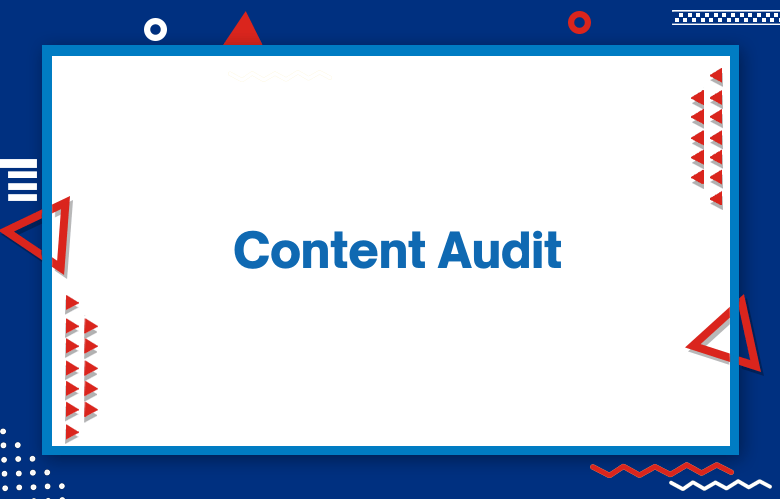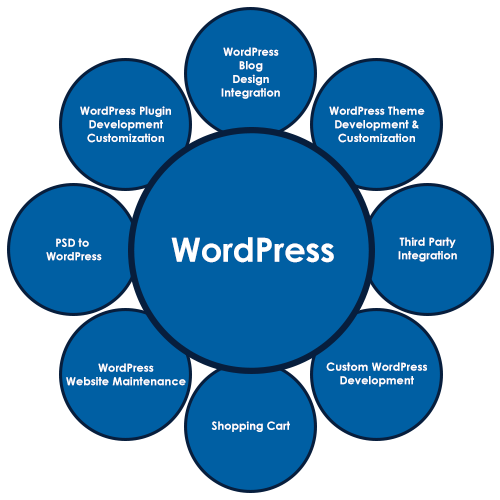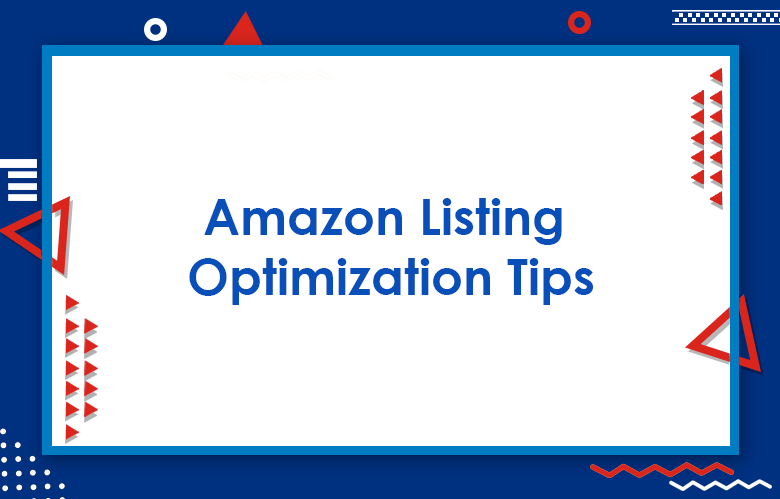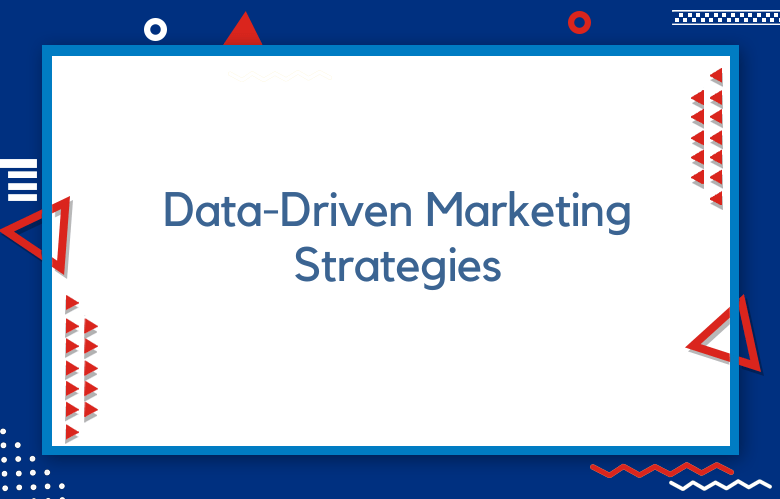Content Audit: How to Run an Advanced Content Audit for your Website

A content audit is an essential piece of the digital marketing puzzle. It’s necessary before you launch any new campaigns or even after running them for a while. A content audit can help determine if your business needs more or less content and what kind of content it should be.
Content audits are often done by examining keywords and topics relevant to your business, existing analytics data on website traffic, potential competitors regarding social media followers and blog readership, and other metrics like bounce rates, conversion rates, etc.
An excellent way to get started is to use Google Analytics to see where visitors land when they visit your site.
A content audit is a significant component of any marketing strategy. Reviewing past work regularly is essential to identify areas for improvement and determine what works best for your readership.
What is a Content Audit?
A content audit ensures your website’s information is valuable and easy to understand. It helps you find what’s missing, fix any mistakes, and organize it so readers can easily access it.
Examining the topics covered on a website is designed to improve the overall quality of that site.
A detailed examination of what your website contains and how it’s organized, as well as identifying its strengths and weaknesses.
An audit is a way to identify your website’s strengths and weaknesses. It also shows which pages are performing well and which need improvement.
A content audit is an activity that helps you identify the goals and objectives of your website. It also determines which pages on your site provide value to visitors and how they can be used to achieve these goals.
How to Run an Advanced Content Audit for Your Website
To create a successful website, you must conduct an advanced content audit. This means that you must identify what your target audience wants and needs.
Before you can fix the problems with your website, you need to identify them. The first step is creating an audit of your content and analyzing it for issues.
Content auditing is one of the most critical tasks in any SEO campaign. It helps you discover what content needs improvement and what should be deleted from your website.
It is best to do an advanced content audit before creating a new page on your website. This gives you a chance to analyze whether or not there is room for improvement.
What is the primary purpose of a content audit?
Content auditing evaluates your business’s current assets’ quality, accuracy, and relevancy.
The purpose of content auditing is to check that all the content on your website is still relevant. It also removes redundant or outdated information that may take up valuable space.
A content audit is a way to review your website and check for errors. You want to make sure that everything on your site fulfills its purpose.
A content audit is an effective way to identify and address all the problems on your website. It will allow you to improve your site’s ranking, boost user engagement, and help with SEO.
The Content Audit Process
A content audit examines existing pieces of content to assess their value, relevance, and effectiveness.
The initial content audit step is understanding your business’s goals. What do you want people to think when reading your website? Once you’ve established those, it’s easier to identify which category is most accurate.
Conduct a content audit to identify your content’s strengths and weaknesses. The focus is on.
- Improving the existing content or
- Eliminating it
The Content Audit is a process that ensures your content meets design, accessibility, and SEO standards.
Content Audit using Google Analytics
To do a content audit, you need to take note of your top-performing posts. After that, determine how well these posts convert and what they can tell you about your target audience.
Content Audit is a proven step in building a robust digital strategy. It helps you identify gaps and opportunities for improvement across your site. This post will help you how to use Google Analytics data to find the most valuable content on your website:
You need to analyze your current content to increase traffic and ensure it converts into customers.
Content Audit is a significant player in Search Engine Optimization (SEO).
A content audit is an effective way to use Google Analytics to determine the performance of your pages. This will help you decide which content works and which needs improvement or removal.
Content Audit using Google Search Console
Many tools are available to ensure your site works as well as it can. One of the most useful for SEO professionals and content auditors is Google Search Console.
To create a more unique and search engine-friendly website, it is essential to complete a Content Audit.
Advanced SEO Content Audit
Keeping your content updated and relevant is essential for ranking well on search engines. Check out this advanced SEO content audit and learn new strategies you can apply today.
If you want to rank higher in search engine results, your site’s structure must match Google’s requirements. This article will teach you how to improve your SEO content.
Content is a significant aspect when it comes to SEO. If you want your website to rank higher, ensure that your content meets the standards of a good post.
Content Audit Checklist
- Check for broken links.
- Check that the site is mobile-responsive and works well on all devices
- Make sure there are no errors in code or content
- Review tags, categories, and titles to ensure they’re accurate and relevant.
- Identify your goals
- List the content on your website
- Sort by category and priority for improvement
- Evaluate each piece of content against a list of criteria: Is it relevant? Is it engaging? Does it have a clear call to action? Is there enough information to support its purpose? Are there any duplicate or irrelevant pieces of content that could be deleted or combined with other parts?
- Identify the purpose and audience of your content.
- Do a content audit to find out what you already have on the site or blog
- Create a list of keywords for each post using Google’s Keyword Tool
- Update all old posts with new keyword lists and related links to other articles (use Hootsuite or another scheduling tool)
- Delete any duplicate posts that are no longer relevant
- Create a list of all the content on your website
- Evaluate each piece of content and decide if it should be kept, deleted, or updated.
- Keep only high-quality and relevant content
- Check your title tags
- Make sure you’re using keywords in the body of content and headlines
- Write a descriptive meta-description for each page on your site that tells visitors what to expect
- Update outdated or irrelevant content with more recent, relevant information
- Identify the purpose of your content
- Define your audience and their needs
- Create a perfect plan for what you will publish, when you will publish it, and how to promote it.
- Conduct a Content Audit by looking at all your content from the past year that traces what is working well and what is not so well (be sure to include social media posts)
Content Audit Consultant
A content audit consultant scans and analyzes a website’s content to determine what is missing, outdated, or unnecessary. The consultant then creates an action plan for improving the website.
I create and maintain content audit templates to help clients manage their digital media assets, including web pages, images, video files, and social media posts.
Businesses can find it challenging to manage their content, but that’s where I come in. As a Content Audit Consultant, I help you make sense of your content and work with you to create something that helps your business grow.
A content audit is a tool for improving the quality of your website’s user experience. It helps you better understand what your visitors want and need, allowing you to create more targeted content.
How to Run A Content Audit
A content audit is a detailed investigation of the website’s on-site content. It helps you identify problems, prioritize improvements, and decide where to invest time and resources to improve your website.
A content audit is essential before starting a new project. This process involves reviewing all current content and deciding what can be improved.
A content audit is the most powerful way to improve your site’s results. You’ll increase traffic and sales by identifying and fixing problems with your website.
How to Create an Action Plan Using Content Audit
One effective way to do this is to create a plan. This way, you can determine what to do and how long it will take.
To create an action plan based on a content audit, start with the highest priority topics. Then, write down some ideas for improving those top topics. Pick one idea and implement it on your website.
Developing a content audit is one of the most effective ways to create an action plan for your online presence. A content audit will enable you to see what your customers find valuable and where changes can be made regarding efficiency and reading.
A Content Audit is an excellent way to organize your company’s content. It will help you identify the strengths and weaknesses of your existing content and any holes or opportunities in your strategy.
It’s a process that allows you to analyze your existing content and pinpoint what needs improvement.
A Website Content Audit Best Practices
A website content audit is the first step in improving your site’s performance. You’ll be able to determine what needs updating and where you can create new pages.
Identifying a website’s purpose is crucial to its success. It helps you understand your brand and its competitors.
When you take the time to audit your site and allocate money and resources towards regularly creating fresh, relevant content, you’ll see better results.
- Determine your site’s purpose.
- Define the audience and their needs.
- Create a content plan with personas for each type of user
- Prioritize content based on its importance to users
- Write for readability- short paragraphs, simple language, active voice
- Check your site’s code and design for accessibility, SEO, and security
- Delete any outdated or duplicate content
- Create an editorial calendar to plan out new content releases
- Conduct keyword research to identify the best keywords for optimizing your site
- Conduct a content audit
- Check for broken links
- Update outdated and irrelevant information on the site
- Add new, relevant content to the area that will help visitors find what they are looking for quickly
- Make sure your website is mobile-friendly
- Determine content gaps
- Conduct a keyword audit
- Update old content to meet new standards and include more keywords
- Create an editorial calendar with topics for the next two months, six months, and the year ahead of time
- Keep your website up-to-date with current events and trending topics
- Review the site’s content
- Update outdated content with fresh, relevant information
- Use keywords and phrases to increase search engine optimization (SEO)
- Create a sitemap to organize your website’s pages
- Optimize images for faster loading times and more views on social media
- Check the site’s SEO rankings
- Analyze what content is missing or outdated and identify gaps in the content that need to be filled.
- Review your analytics data for insights into who visits your website, how often they see, and where they come from
- Audit any broken links on your website and update them as needed
- Update social media links with fresh posts so people can find you more easily online
- Identify the content that will help you achieve those goals
- Determine if any of the content is outdated or irrelevant to your destination and remove it from the site
- Conduct a keyword analysis to identify keywords for each page on your site, then optimize that page’s title, meta description, and H tags with these keywords in mind
- Create new pages where necessary
- Identify the purpose of your website’s content
- Understand your audience and their needs
- Create a list of keywords that will help you rank higher in search engines
- Check for broken links, spelling errors, or typos
- Please read through all copies on the site to ensure they are accurate and engaging.
- Search engine optimization: Make sure your site is search engine optimized by including keywords in the title, headings, and content
- Site map: Include a sitemap on your site to help visitors find what they’re looking for more quickly
- Social media integration: Add social media icons to make it easy for people to share your website with their friends
- Content relevance: Make sure you include relevant content that will be of interest to readers on every page of your site
- Audit your content – start by looking at the way your site is laid out
- Use a tool like Screaming Frog to find and fix broken links
- Check for duplicate content on your site, which can be found with a Google search or using a tool such as Copyscape
- Look for ways to improve navigation and make it easier for visitors to see what they’re looking for
- Update contact information so you are easy to reach
Content Audit FAQs
What’s the most complex part of a content audit?
The most challenging part about conducting a content audit in the business sector is knowing what criteria must be used when evaluating your copy and images. There are many things to consider, including information that’s not common knowledge for an outsider.
Questions you might ask yourself before conducting a content audit may include:
What is our company blog or homepage strategy?
Is it for our employees or consumers?
Salary transparency (to protect against discrimination)?
These questions reveal two specific factors that must be answered before beginning any content audit- who your audience is and which type of message you wish to deliver by putting detailed data.
What are some reasons for doing a Content Audit?
A content audit is often done by companies that need to reduce costs and want to stop producing hard copies or printed matter. There are multiple reasons for doing a content audit; the deciding factor is what goal your company wants it to serve.
For example, suppose you have too many of certain types of content on your site/blog and need some way of highlighting a specific range. In that case, you might run an analysis like this using Excel to allocate resources better.
A content audit can also be helpful if you’re looking at redesigning or refreshing your company website. It helps internet marketers understand what’s been working well for their target customers historically so they can construct more cohesive marketing campaigns in the future.
Why is it important to analyze your brand as an example during marketing audits?
It’s essential for brands to first and foremost understand themselves when undertaking a marketing campaign or any other type of program like social media.
It’s imperative because data collected on the target customers provides critical information to generate success for the company or help avoid disastrous mistakes.
For example, by monitoring their Facebook page, they will see what content their followers are most interested in or what promotions yield the best results.
When should you call in reinforcements when undertaking a Content Audit?
Answer: We recommend calling in reinforcements when more than one team member has substantial expertise. This should result in a cohesive approach to organizing, structuring, and writing content grounded in user needs.
What is involved in a Content Audit?
A content audit is often used in social media marketing to determine what content your competitors publish and their sentiments. Knowing who is linking to your competitors can be a great strategy. This information will provide insight into how you can make your business content more appealing by knowing ahead of time which types of posts resonate with specific target audiences, creating new blog posts that fit this criterion, and positioning these posts at the top of the social ranking algorithm. Hence, they rank higher on Facebook, Twitter, and other platforms.
This analysis typically includes three main areas of focus:
- Keyword research that identifies competitive keyword phrases for easy identification
- A study that reveals any trends in the industry
- Competitive analysis based on the influence
Have you ever run a Content Audit?
A content audit investigates a website, typically in an Excel spreadsheet containing all site pages and links. It can identify what’s on the site, whether it needs improvement, and how the area might be streamlined for increased use.
How long did it take to complete the Content Audit?
The time it takes to complete a content audit can vary depending on the company’s size, how many resources are dedicated to running digital marketing campaigns, and how well organized their content is. The amount of time needed varies from a few days to weeks.
If you’re looking for a ballpark estimate, companies with under 10 million online traffic will take one full day or two half days per week. In contrast, companies with over 50 million online traffic will take three full or four half days per week to maintain existing content.
Conclusion
A content audit is a simple and effective way to determine what’s working in your marketing and where you can improve. If you’re unsure how to conduct one, our expert team of Content Audit Consultants is ready and waiting to help. Start downloading our free guide on the art of content audit!
Call: +91 9848321284
Email: [email protected]







